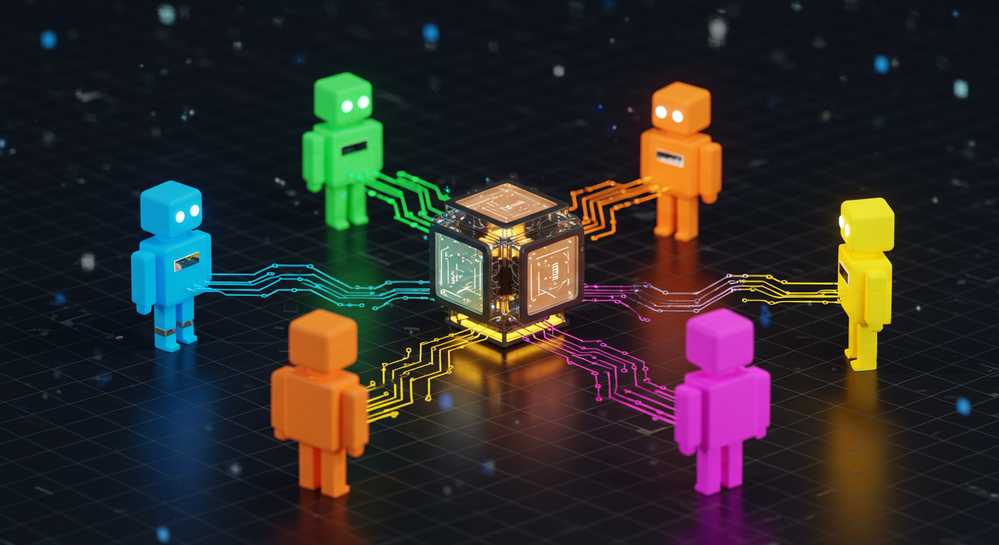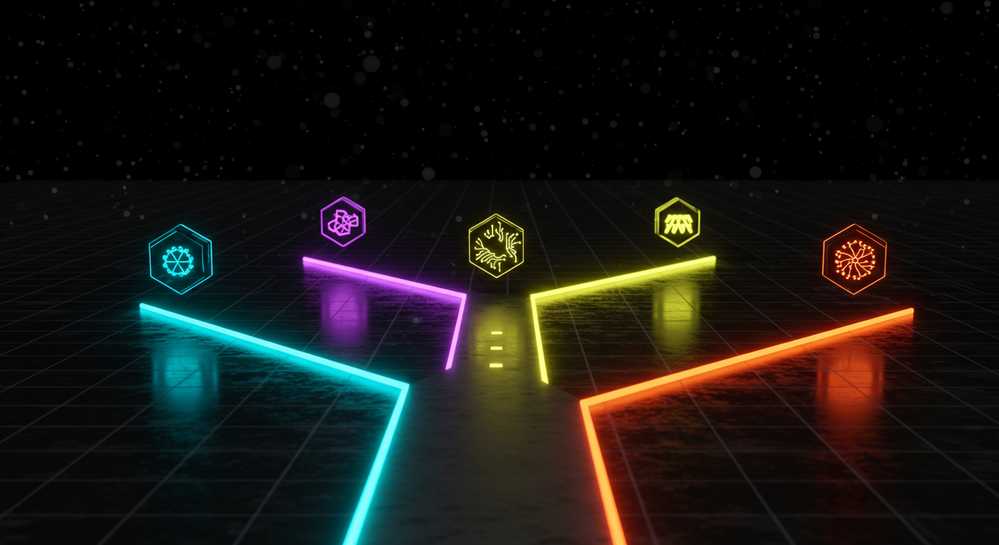The world of artificial intelligence is buzzing with the potential of autonomous agents. But with a growing number of tools available, choosing the right foundation for your project can be overwhelming. This guide offers a direct look at 5 ai agent frameworks compared, breaking down their strengths, weaknesses, and ideal use cases. We will help you navigate the options and select the best framework to bring your AI concepts to life.
Contents
What are ai agent frameworks and why do they matter

An AI agent is an autonomous system that perceives its environment, makes decisions, and acts to achieve goals. An AI agent framework provides the essential code, libraries, and tools for developers. It allows them to build and deploy these agents efficiently, much like how specialized AI trading bots operate without constant human input.
These frameworks are critical for turning AI theory into practical applications. They provide a foundation that accelerates innovation. Without them, developers would need to build core functions from scratch, a time consuming and error prone process. Understanding them is key before we compare the top AI agent frameworks.
Why these frameworks are essential for developers
Frameworks enable powerful and reliable agent development. They matter because they offer three key advantages that directly impact project success and speed:
- Standardized Structure: They provide a proven architecture for an agent’s memory, planning, and ability to use external tools.
- Development Efficiency: Pre built modules dramatically shorten the development lifecycle from weeks to days.
- Simplified Integration: They streamline connecting agents to large language models (LLMs), APIs, and other data sources.
Key criteria for comparing ai agent frameworks
Choosing the right framework is a critical decision that directly impacts your project’s success. To make an informed choice when we get to the 5 AI agent frameworks compared, we must use a consistent set of evaluation criteria. This approach ensures a fair, practical analysis, helping you align a framework’s strengths with your specific development needs. It prevents choosing a tool that is either too simple or overly complex for your goals.
We will assess each option based on four essential pillars. These metrics provide a clear lens through which to view the capabilities and trade offs of each framework.
Core evaluation metrics for selection
Our comparison focuses on the practical aspects that matter most to developers in 2025. These criteria cut through the hype to reveal a framework’s true value.
- Developer Experience: How intuitive is the framework, and how steep is the learning curve for new developers to become productive?
- Flexibility and Control: How easily can you customize or extend the agent’s core logic and behavior to fit unique requirements?
- Ecosystem and Support: How robust are the documentation, learning resources, and community support channels?
- Core Specialization: Does the framework excel at a specific task, such as multi agent collaboration, data retrieval, or simple task automation?
A detailed comparison of the top frameworks

Each framework offers a unique approach to building AI agents. Here, we break down five of the most prominent options, highlighting their core strengths and ideal use cases. Understanding these distinctions is the key to selecting the most effective tool for your development goals in our 5 AI agent frameworks compared analysis.
LangChain
As one of the most established frameworks, LangChain provides an extensive toolkit for creating applications powered by LLMs. It excels at building complex “chains” of logic. While its flexibility is a major advantage, it presents a steep learning curve. It is best for projects requiring highly custom agent logic and a wide array of integrations.
AutoGen
Developed by Microsoft, AutoGen is a framework designed to simplify multi-agent conversational applications. Its key strength lies in enabling multiple agents to collaborate to solve tasks. It is ideal for complex problem solving, content generation, and coding tasks that benefit from multiple expert agents working together.
CrewAI
CrewAI focuses on orchestrating role-playing, autonomous AI agents. It is engineered to allow agents with specific functions to collaborate on complex tasks. It is often seen as a more streamlined and accessible alternative to AutoGen for multi-agent workflows, emphasizing a simple, process-oriented structure.
LlamaIndex
While often compared to LangChain, LlamaIndex has a specialized focus on Retrieval-Augmented Generation (RAG). It provides optimized tools for connecting LLMs to your private data sources. If your primary goal is building an agent to query and synthesize information from documents, LlamaIndex is the superior choice.
OpenAI Assistants API
Though not a traditional open-source framework, the OpenAI Assistants API is a powerful alternative. It allows you to build AI assistants with persistent memory and built-in tools. It offers simplicity and power but at the cost of less flexibility and vendor lock-in, perfect for rapid integrations.
How to choose the right framework for you

The best framework is the one that aligns with your project scope, your team expertise, and your long term goals. A side by side comparison can help clarify the ideal choice after reviewing the 5 AI agent frameworks compared. The table below summarizes the key characteristics of each framework to simplify your decision.
| Framework | Best For | Primary Strength | Learning Curve |
|---|---|---|---|
| LangChain | Highly custom agent logic | Flexibility and vast integrations | High |
| AutoGen | Complex multi agent problem solving | Conversational agent collaboration | Medium-High |
| CrewAI | Role based task automation | Simplified multi agent workflows | Low-Medium |
| LlamaIndex | Data intensive Q&A agents | Retrieval Augmented Generation (RAG) | Medium |
| OpenAI Assistants API | Rapid integration into existing apps | Simplicity and managed infrastructure | Low |
For beginners or teams focused on streamlined, role based tasks, CrewAI is an excellent starting point. For applications requiring deep interaction with private data, LlamaIndex is unmatched. AutoGen is the go to for complex, conversational agent systems, while LangChain remains the powerhouse for ultimate flexibility. The OpenAI Assistants API is the pragmatic choice for speed and simplicity.
Choosing an AI agent framework is a critical decision that directly impacts your development velocity and application capabilities. By evaluating options like LangChain, AutoGen, CrewAI, and LlamaIndex based on your specific needs—from multi-agent collaboration to data retrieval—you can build more powerful and effective solutions. For cutting-edge tools and insights in the fast-moving tech space, explore Best Dex Sniper Bots.